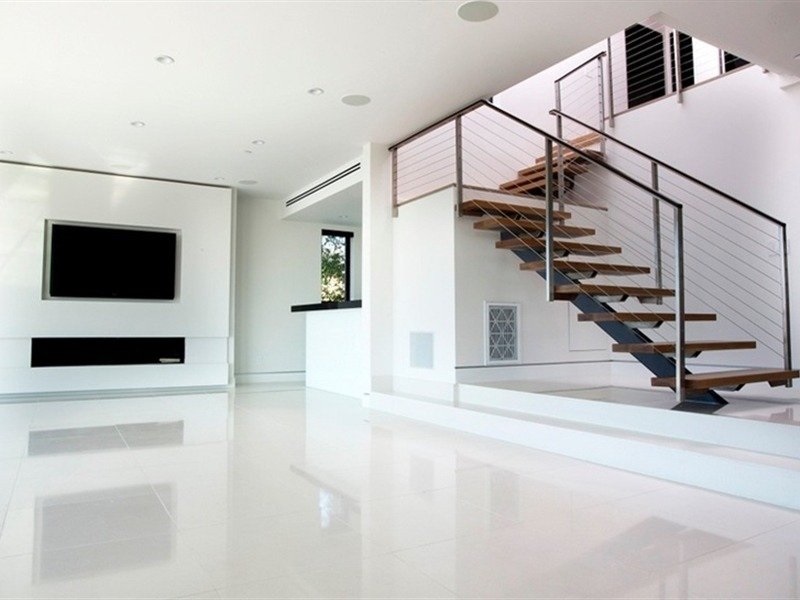Vietnam White Marble VS Makrana Marble are two types of marble that are popularly used for various architectural and decorative purposes. While both types of marble share some similarities, they differ in terms of their origin, properties, and cost.
Vietnam White Marble is a type of marble that is quarried in Vietnam. It is known for its milky white appearance and fine grains, which give it a smooth and lustrous finish. Vietnam White Marble is widely used for flooring, wall cladding, and countertops due to its durability and resistance to heat and moisture. It is also a popular choice for decorative items like statues, sculptures, and vases.
Makrana Marble, on the other hand, is a type of white marble that is quarried in the town of Makrana in Rajasthan, India. It is known for its purity and whiteness, which makes it a popular choice for the construction of monuments, temples, and other historical buildings. Makrana Marble is also used for flooring, wall cladding, and countertops due to its durability and elegance.
In terms of properties, Vietnam White Marble has a hardness of 3-4 on the Mohs scale, which makes it relatively softer than Makrana Marble, which has a hardness of 4-5 on the same scale. This means that Makrana Marble is more resistant to scratches and abrasions than Vietnam White Marble.
In terms of cost, Vietnam White Marble is generally less expensive than Makrana Marble. This is because Vietnam White Marble is more readily available and easier to extract, while Makrana Marble is more difficult to extract and is found in limited quantities.
In conclusion, both Vietnam White Marble and Makrana Marble are beautiful and durable types of marble that are widely used for various architectural and decorative purposes. While they differ in terms of their origin, properties, and cost, both types of marble offer unique characteristics that make them highly sought after in the construction and design industries. Ultimately, the choice between Vietnam White Marble and Makrana Marble depends on the specific needs and preferences of the buyer.


